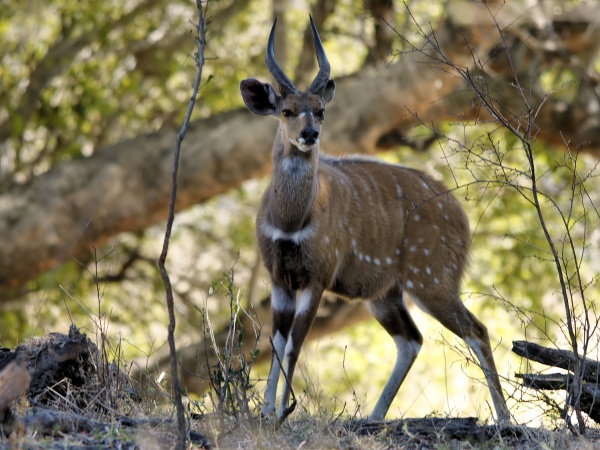Facts About Cape bushbuck
The Cape bushbuck, commonly referred to as the bushbuck, is a prevalent antelope species across Sub-Saharan Africa. Scientifically, it is sometimes called the imbabala to differentiate it from its close relative, the kéwel. The Cape bushbuck belongs to the tragelaphine family, which also includes species like the bongo and sitatunga, whereas the kéwel is more closely related to the nyala.
These antelopes flourish in a variety of habitats, such as rainforests, montane forests, savannas, and woodlands. Their range spans from South Africa through Angola, Zambia, Ethiopia, and Somalia. In certain regions, they coexist with the kéwel. Interestingly, game farmers have noted that when the nyala (a larger antelope species) is introduced into the same area, it often outcompetes the bushbuck. However, in natural settings, both species can coexist.
The Cape bushbuck, or imbabala, is generally larger than the kéwel. Its coloration varies significantly depending on location and environment, ranging from yellow to black, with males exhibiting a greater variety of colors. These antelopes stand about 90 centimeters tall at the shoulder, with males weighing between 45 to 80 kilograms. Their light brown coat is adorned with white stripes and patches.
Primarily browsers, Cape bushbucks have a varied diet that includes different types of plant matter. They are active throughout the day but tend to become more nocturnal when near human settlements. Typically solitary, these animals have well-defined home ranges that overlap with those of other bushbucks. Mature males generally avoid each other, maintaining their solitary nature.
These antelopes are most active during the early morning and night. In undisturbed areas, they can become almost entirely nocturnal, adapting their behavior to avoid potential threats.

 Ivory Coast
Ivory Coast